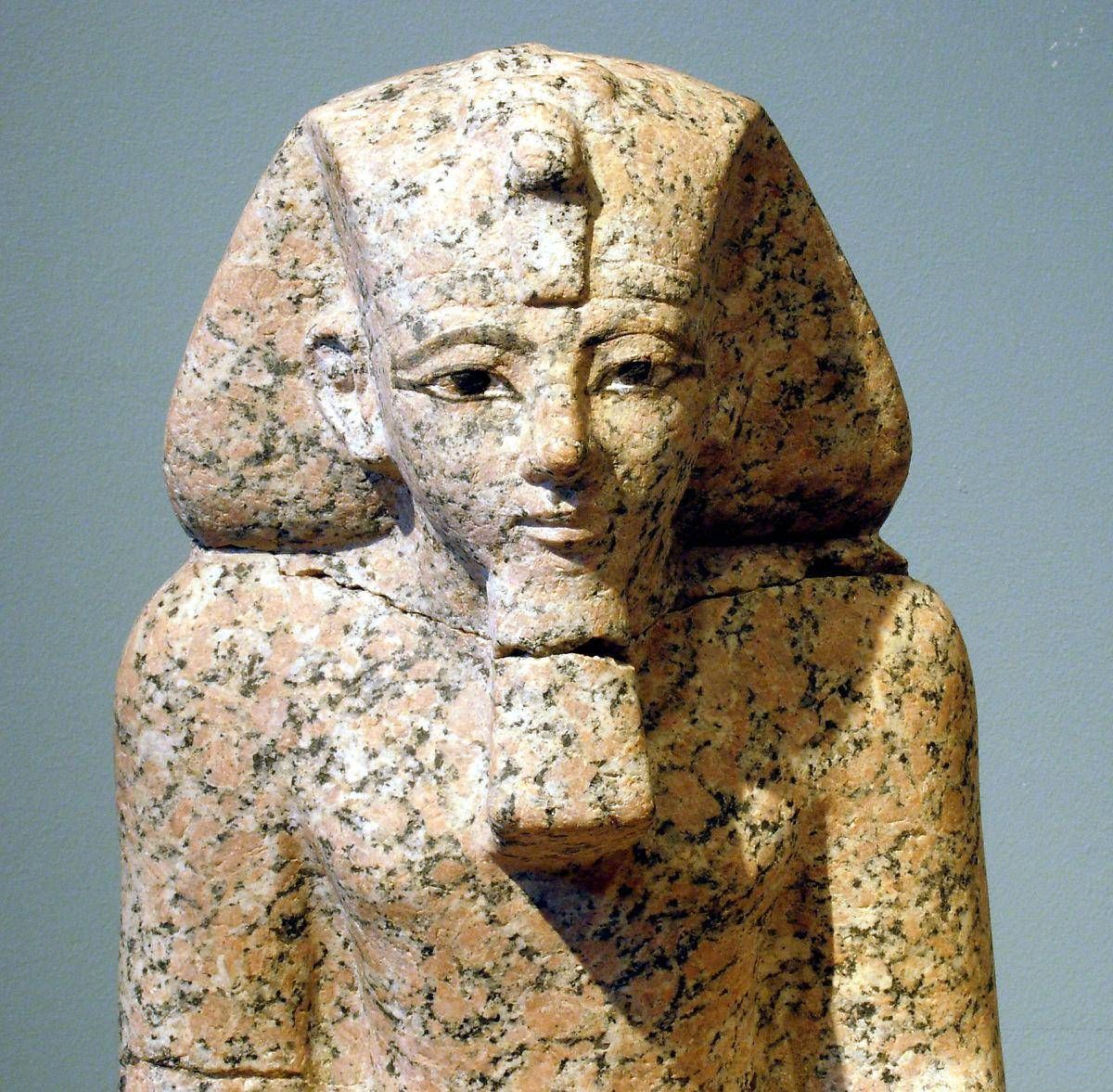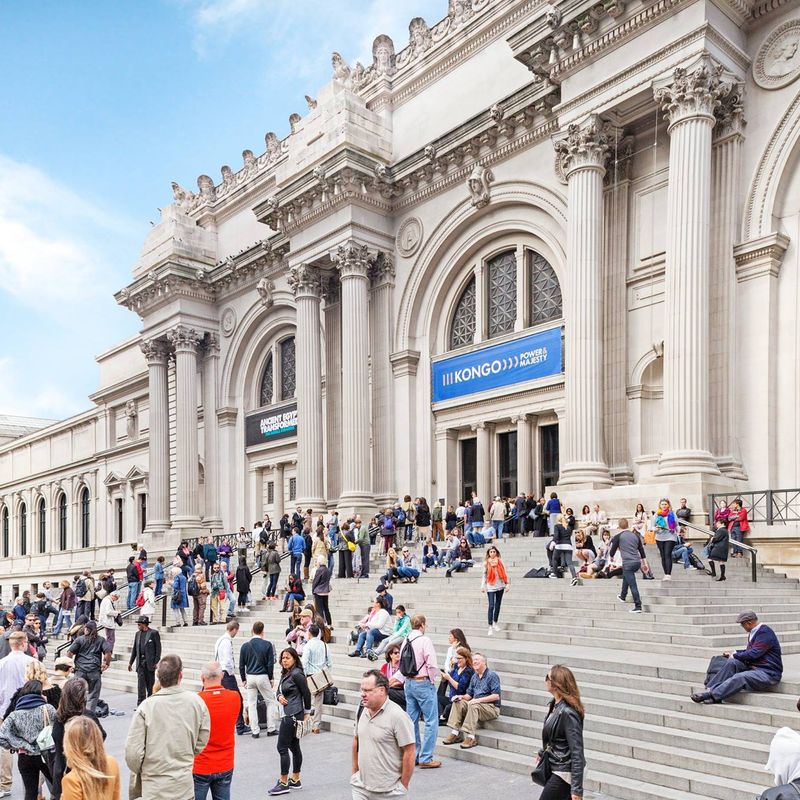
Kneeling statue of Hatshepsut
Unknown Artist
The Female Pharaoh Hatshepsut
Maatkare Hatshepsut (ca. 1479–1458 b.c.) was not the only female
pharaoh in the history of ancient Egypt. Nitocris (at the end of
Dynasty 6), Nefrusobek (at the end of Dynasty 12), Tawosret (at
the end of Dynasty 19), and of course, Cleopatra VII also come to
mind. But Hatshepsut was arguably the most important woman
ever to occupy the throne of Egypt. Her ascension to power
initially came about because of the early demise of her husband
and half-brother Thutmose II, whose son by another wife (Isis),
Thutmose III, was still an infant. An ancient text described it thus:
[Thutmose II] ascended into heaven and united with the
gods, while his son (Thutmose III) stood [officially] in his
place as king of the two lands,… while his sister (actually,
aunt), the god’s wife, Hatshepsut, was conducting the affairs
of the country, the two Lands being in her care.
At first, Hatshepsut’s rule had indeed the character of a regency,
and during that time, she was usually depicted as a queen. Then,
step by step, attributes of male kingship entered the representations
of Hatshepsut. From about the seventh year (ca. 1473 b.c.) after
her husband’s demise, she appeared in the full regalia of a male
pharaoh and began to claim to be the actual daughter of the
supreme god of Thebes, Amun, as well as to have been chosen
by him through an oracle. Until the end of Hatshepsut’s days,
however, the young Thutmose III continued to function as the
junior partner on the throne.
Hatshepsut’s reign was, above all, a peak period for the arts in
Egypt. The last vestiges of Hyksos rule having been eliminated
by this time, goods and ideas flowed freely among all regions of
Egypt, and close relationships with neighboring countries opened
the gates to the outside world. In an eastern Delta royal palace
or stronghold, for instance, painters from the Aegean island of
Crete were employed to decorate walls according to their Minoan
style and iconography, while in Thebes, Egyptian artists initiated
the fine tomb decoration that became a glory of New Kingdom
art. By coordinating and aligning the sacred buildings along the
processional routes in the area of Thebes (present day Luxor),
Hatshepsut’s architects created an unprecedented example of
ancient spatial planning, and the temples at Karnak and Deir el-
Bahri gained a grandeur and beauty still admired today.
Hatshepsut’s reign saw military campaigns into countries south
and east of Egypt, but the female pharaoh appears to have been
most proud of an expedition she sent into the land of Punt
(perhaps in the region of modern Somalia), from which myrrh trees
and gold were brought back as offerings to the god Amun. The
expedition was depicted in narrative reliefs in her temple at Deir
el-Bahri, which also housed the sculptures exhibited in this room.
Credit: Rogers Fund, 1923
c. 1479-1458 B.C.
Granite, paint
27.2 in
23.3.2
Image and text © Metropolitan Museum of Art, 2020
Where you'll find this

The Metropolitan Museum of Art
Permanent collection
